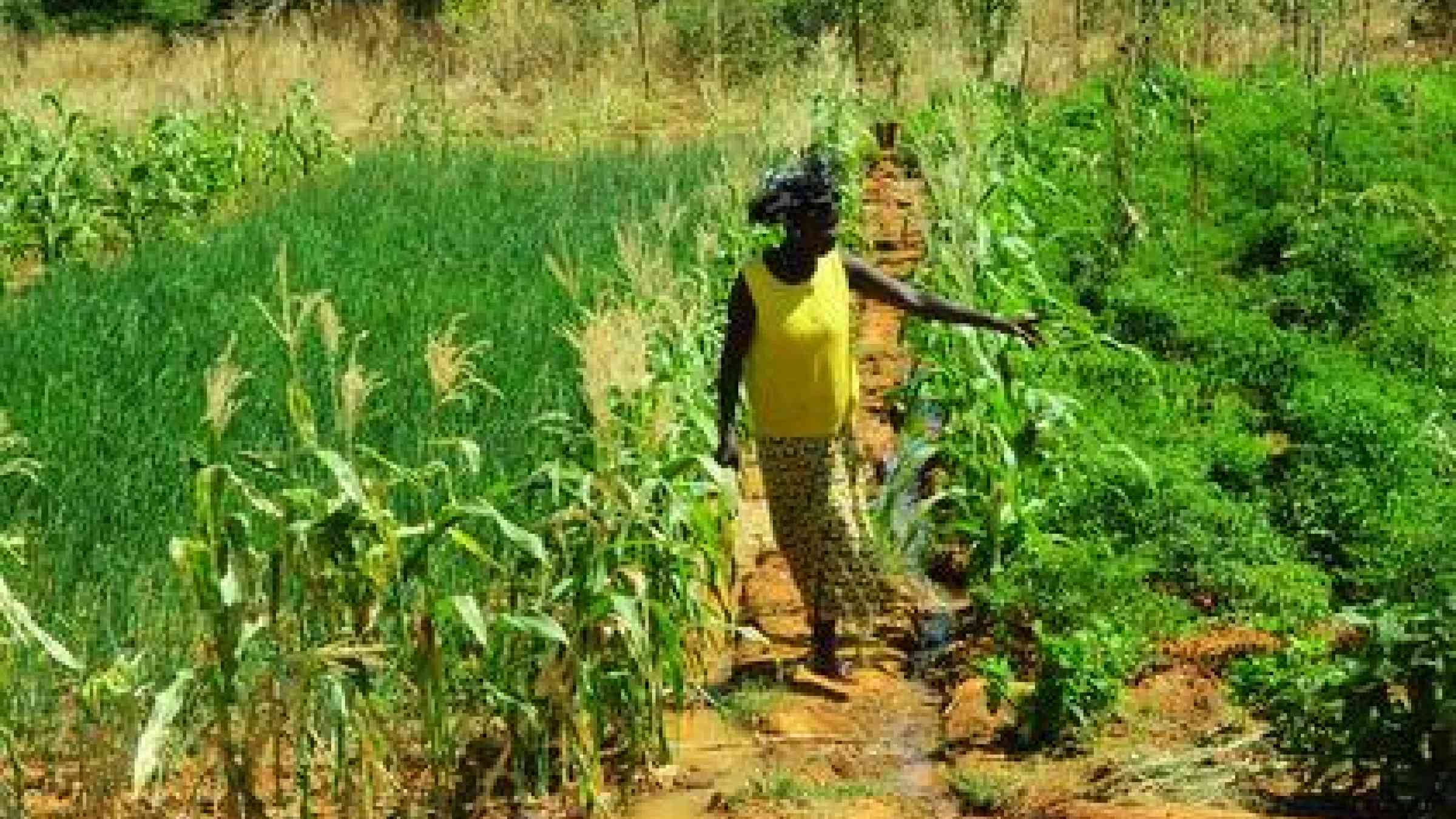Anticipating and reducing risk needed as some of the world's most populated countries face severe drought and flooding

28 June 2011, Geneva - Over 10 million people from Djibouti, Ethiopia, Kenya, Somalia and Uganda will be severely affected by severe drought, with no likelihood of improvement until 2012, the United Nations Office for the Coordination of humanitarian Affairs warned in an alert yesterday.
The Alert also flagged that 2010-2011 has been the driest period in 60 years with the price of grain in affected areas in Kenya already 30 to 80 per cent more than the five year average.
Weather related events are having tremendous impacts on food production and have immediate consequences on the day-to-day life of people.
In Pakistan, the Philippines and China, devastating floods are having the same negative effects on food prices. Hundred of hectares of farmland have been flooded and basic food prices are going up.
"We know what to do to reduce the impacts of floods and drought. Disaster risk reduction policies such as water management and flood risk management are development policies that will help to anticipate these events well in advance and consequently reduce the suffering of millions of people and avert catastrophes that warrant massive humanitarian responses. Disaster risk reduction is part of the solution and should be integrated in national budget and sustainable development planning so lives will be saved and economic losses reduced," said Margareta Wahlström, United Nations Secretary-General’s Special Representative for Disaster Risk Reduction.
Practical measures and solutions vary from context to context. In sub-Saharan Africa, for example, the following steps have proven to be useful. Drought are caused by low water availability as well as mismanagement of existing resources. Sustainable solutions require working with local users to maximize effective use of the existing water resources to ensure basic food security, but, more importantly, appropriate livelihoods. This requires a number of measures, including assessments of median rainfall for six month periods, from the Intergovernmental Authority on Development Climate Information Centre as well as good understanding by local farmers and pastoralists on how to use such information. To date, training on the use of climate information has been effective.
The choice of crops, and related irrigation schedules (when to irrigate and how much irrigation water to supply) are the kind of water management practices that can lower water use. Adapting a good crop/livestock mix, ensuring value added production such as milk, and reducing meat in the diet, as it uses considerably more water.
More broadly, farmers with higher levels of education, access to markets, who are engaged in the collective management of water and other resources, and not just in the water sector but in broader context, often show higher resilience.